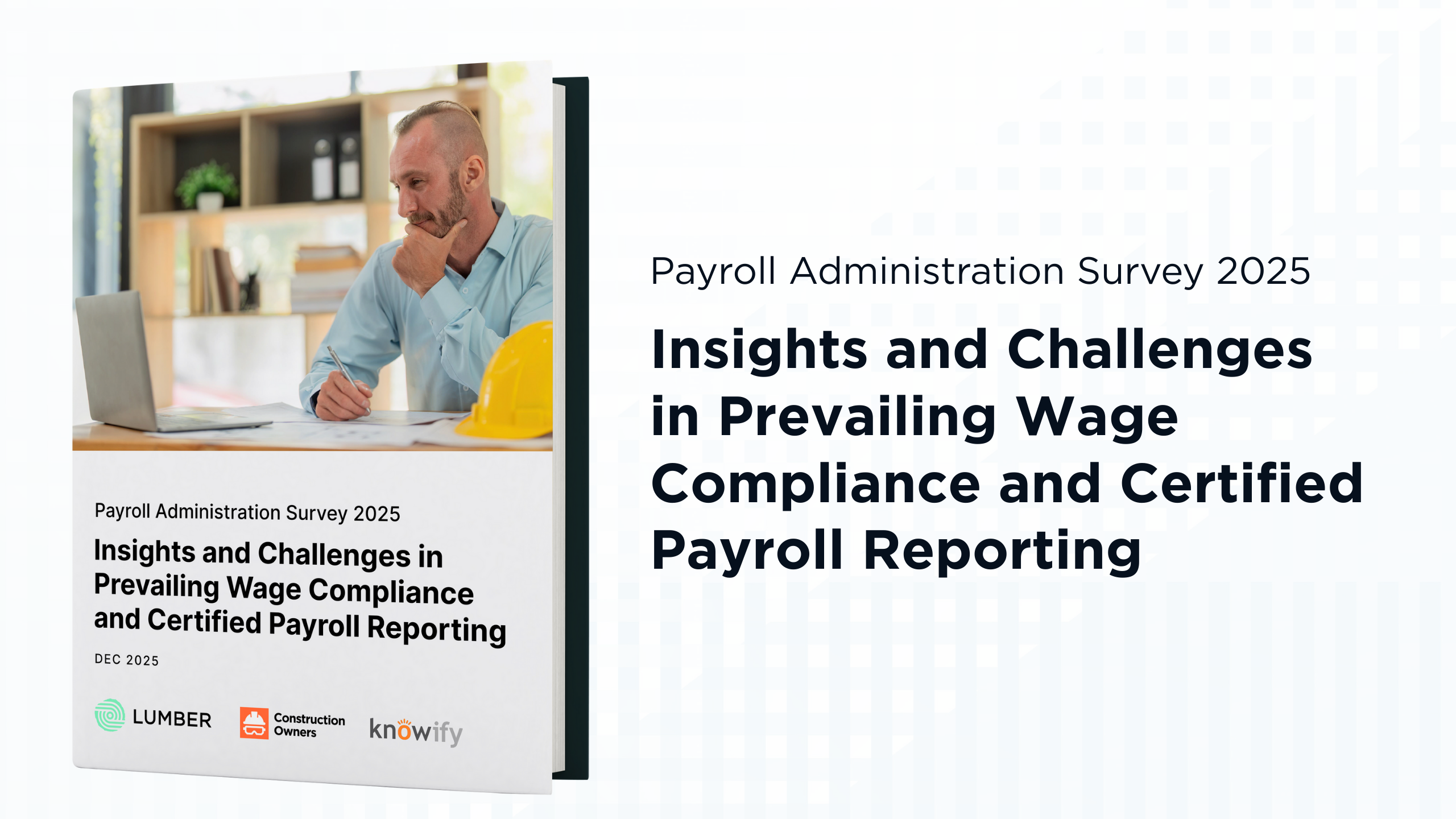

Demystifying the Backbone of Fair Pay in Public Construction
After exploring the historical roots of prevailing wage laws in our first post, let’s unravel what “prevailing wage” actually means in today’s world of public works and why it’s so important for both workers and contractors.
What Is Prevailing Wage?
At its core, the prevailing wage is a government-mandated minimum pay rate (including hourly wage and fringe benefits) that contractors must pay their workers on public construction projects. These wages are specific to particular crafts (like electricians or carpenters) and specific geographical areas, reflecting the rates typically paid in that region.
It’s more than just a baseline wage: Prevailing wage includes not only hourly pay, but also benefits like health insurance, retirement plans, and paid time off, ensuring total compensation is competitive with local standards.
Prevailing wage ≠ minimum wage: Minimum wage is a legal floor for all jobs, while prevailing wage applies only to government-funded construction and is often much higher, aligning with typical local or union rates.
Why Do Prevailing Wage Laws Exist?

The main goals are to:
- Protect local wage standards: Prevent out-of-area contractors from winning bids by slashing labor costs below community norms.
- Ensure fair competition: Create a level playing field, so bids compete on quality and efficiency, not on who pays workers the least.
- Support communities: Make sure public dollars fund fair wages and benefit the local workforce, not just distant companies.
How Are Prevailing Wages Determined?
The specifics differ by jurisdiction, but the process usually involves:
- Wage surveys: Federal and state agencies collect wage data on each trade and region, pulling information from unions, contractors, and public filings.
- Agency determinations: The U.S. Department of Labor sets wage rates for Davis-Bacon (federally funded) projects, while states manage rates for their own public works.
- Rate schedules: Wages are published by area and craft, often with periodic updates to reflect labor market changes.
Some states and counties set their own rates tied to union contracts or detailed wage surveys, while others defer to federal benchmarks.
Key Compliance Requirements
For contractors, prevailing wage compliance is not just good practice, it’s mandatory:
- Worker classification: Every employee must be assigned the correct trade or classification, accurately reflecting their work on the project.
- Certified payroll: Contractors must file detailed payroll records, typically weekly, documenting full compliance with wage requirements.
- Recordkeeping and audits: Regular agency inspections help ensure that proper wages and classifications are followed.
Non-compliance can have severe consequences, from financial penalties to disqualification from future government contracts.
How Prevailing Wage Laws Shape Local Economies

Prevailing wage laws do more than ensure fairness on individual construction sites - they play a significant role in shaping the broader local economy. By setting wage standards that match or exceed local norms, these laws help to boost the purchasing power of workers, who in turn spend most of their earnings in their communities.
This circulation of higher wages often supports local businesses, stimulates demand for goods and services, and promotes stable, middle-class employment in the skilled trades. Moreover, prevailing wage requirements discourage a “race to the bottom” by reducing incentives for contractors to import low-wage labor from outside the region, which helps keep jobs and economic benefits within the community. Over time, such policies have been shown to foster workforce development, increase tax revenues, and encourage high-quality workmanship, all while reinforcing local economic resilience.
Real-World Example
Imagine you’re a contractor bidding to renovate a public school in California.
The project is subject to prevailing wage laws, so:
- You consult the state’s wage determination database to find the correct rates for all trades you’ll employ - say, electricians at $62/hour (plus benefits) and laborers at $38/hour.
- You must pay those rates (or higher) whether or not you use union workers.
- Every week, you file certified payrolls to the awarding agency documenting full compliance.
This process protects both your business and your workers while making sure competitors can’t underbid you with substandard wages.
Prevailing wage laws are a pillar of fair pay and community investment in public construction. They ensure that skilled workers earn what their community deems fair, and that government contracts don’t inadvertently undermine local standards.
In our next post, we’ll explore the complexities of staying compliant, and how challenges like evolving wage rates, reporting requirements, and audits are being addressed in today’s fast-moving regulatory environment. Stay tuned as we bridge the gap between policy ideals and on-the-ground realities!







.webp)
